Turning a greenhouse gas into green fuel
The Finnish company Vaisala, whose products include biogas measurement devices for industrial uses, is on the front line of development as the world transitions towards a commercially profitable bio-based economy.
Product Manager Antti Heikkilä holds an instrument that looks like a metal cognac bottle and explains its revolutionary potential for the future of the entire world. In spite of its appearance, this unusual product is not a bottle. It is a measurement device for biogas plants manufactured by Vaisala.
“When you turn waste into biogas, the process simultaneously generates methane, carbon dioxide and moisture. Methane is the focus of extraction efforts because it is a combustible gas that can be used for energy production.”
Biogas is the topic of the day because it is an energy source that is eco-friendly but only as long as the process is precisely measured. In the atmosphere, methane is over 20 times as potent as CO2 as a greenhouse gas. Instead of allowing it to be discharged into the air, it is important to take advantage of its potential as an excellent fuel.
Failure to make productive use of methane is a waste in terms of both nature and economic resources.
“Vaisala’s instruments represent a response to this specific need, as they make it possible to optimize the entire process by maximizing energy output and minimizing operating costs.”
There will always be waste, but it can play a large role as a replacement for fossil fuels.
Global needs
Established in 1936, Vaisala started by manufacturing weather instruments. Industrial measurement devices were added to the product range about 40 years ago. While most of its current business operations are focused on export markets, it has significant customers in Finland including many industrial companies and municipal waste management and wastewater treatment plants, for example.
Ultimately, in the big picture, the needs are exactly the same all around the world. There will always be waste in the world, but it holds a lot of potential as a replacement for fossil fuels.
“Urbanisation will lead to more waste being generated, but it will also be more centralized, which makes it possible to implement waste-to-energy solutions at a larger scale. For example, the production of biomethane is most profitable in large waste treatment facilities.”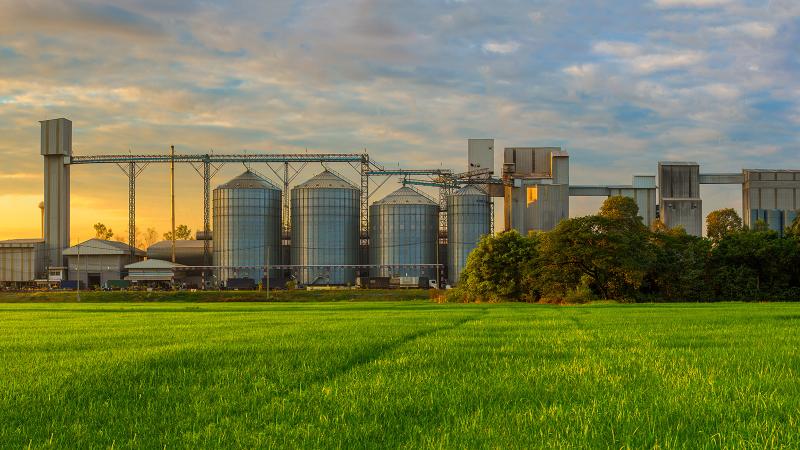 On a smaller scale, a farm could use biodegradable waste to generate the heat and electrical energy it needs. With regard to fuel, consumers are often interested in the topic of private cars. In that area, however, electric vehicles dominate the picture – at least for the time being. Heikkilä believes that heavy vehicles represent strong potential for the use of biogas.
On a smaller scale, a farm could use biodegradable waste to generate the heat and electrical energy it needs. With regard to fuel, consumers are often interested in the topic of private cars. In that area, however, electric vehicles dominate the picture – at least for the time being. Heikkilä believes that heavy vehicles represent strong potential for the use of biogas.
“For trucks and buses, a gas-powered engine is a much more practical solution than a chargeable battery. The number of batteries needed for vehicles of that size is very large, and transport operations would be interrupted frequently to charge the batteries. Most local buses already run on gas, so the existing buses could increasingly use biomethane as a more eco-friendly alternative to natural gas,” Heikkilä explains.
From bio to a bio-economy
Vaisala’s Strategic Marketing Manager Rasmus Stoltzenberg points out that, according to the World Biogas Association, over 90% of the world’s biogas capacity remains unused at the moment.
“A tremendous amount of waste that could be anaerobically digested for energy production remains unused while at the same time, drilling continues to extract non-renewable oil and gas reserves,” Stoltzenberg explains.
It takes time to turn a large ship around. The use of biogas is increasing, but changes require investments. The plants need to be built and it does not happen overnight. Policy-makers play a very significant role in this development. They hold the keys to using economic incentives to steer societies towards renewable and sustainable energy. The transformation cannot, however, depend entirely on political decision-making.
“When government subsidies are reduced, companies need to make biomethane a more commercially profitable business. This is how permanent change can be achieved. Our role is to provide our customers with the necessary tools and help them move from bio to a genuine bio-economy,” Stoltzenberg concludes.
Originally published in Helsingin Sanomat Circular Economy Supplement "Biotalous". Reproduced with permission. |

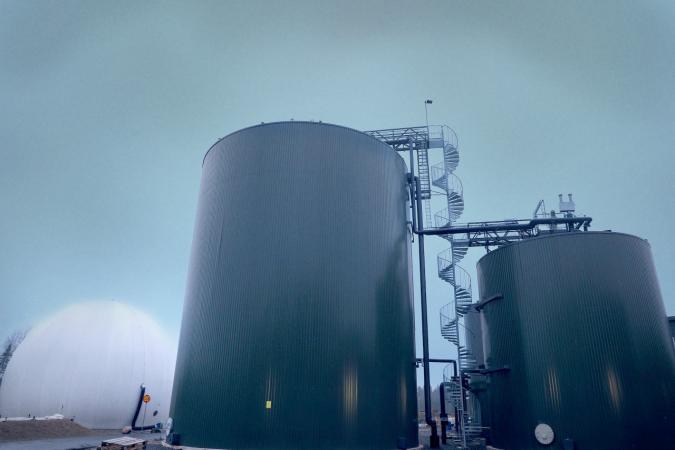

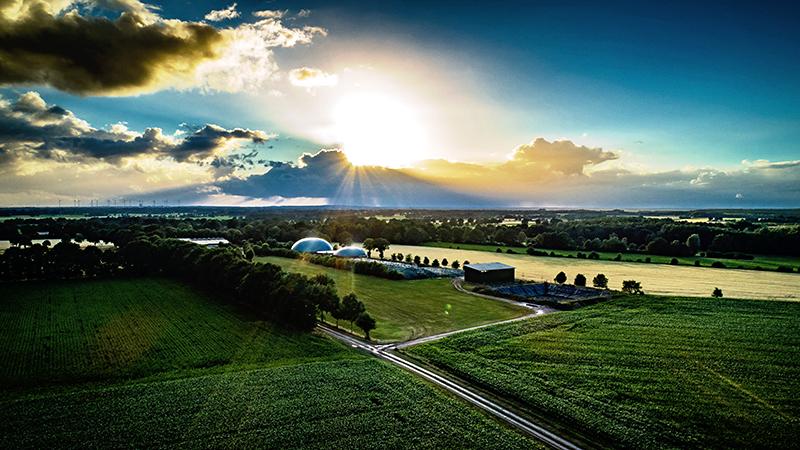
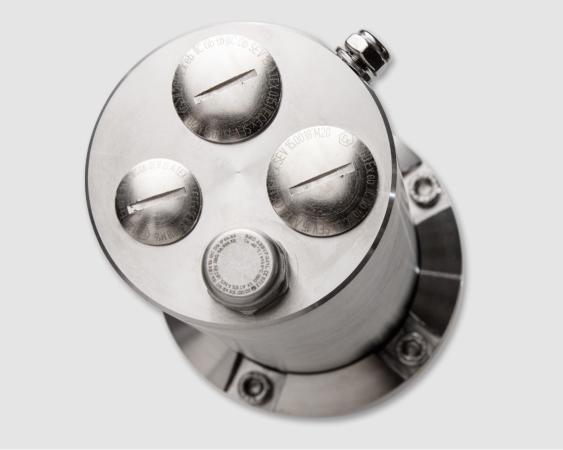

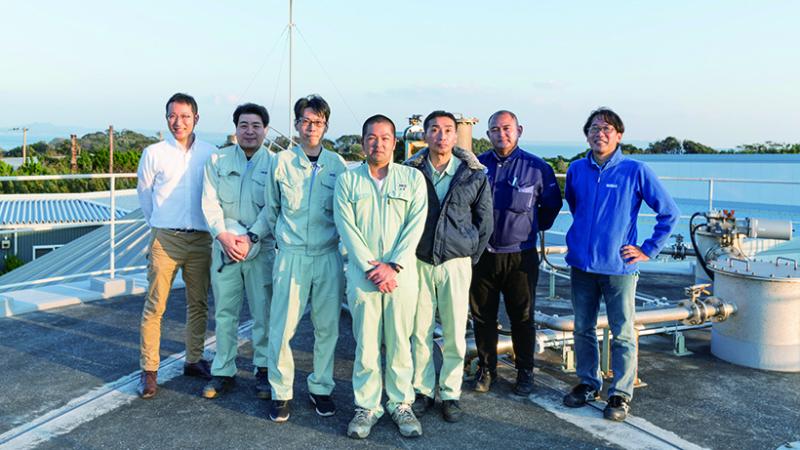
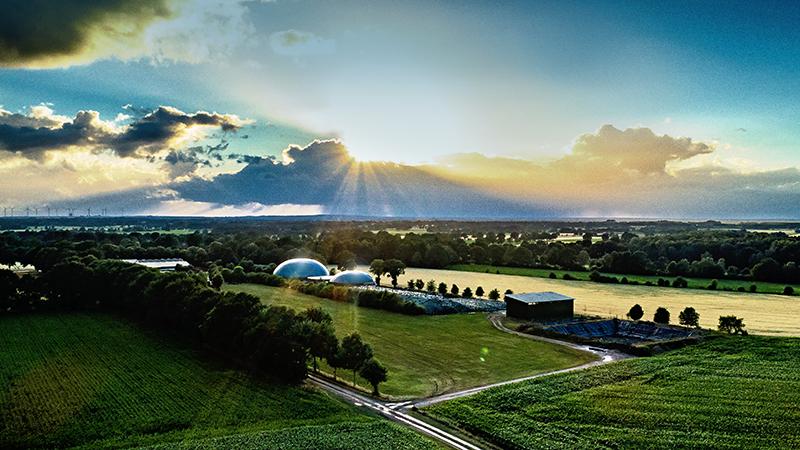
Add new comment